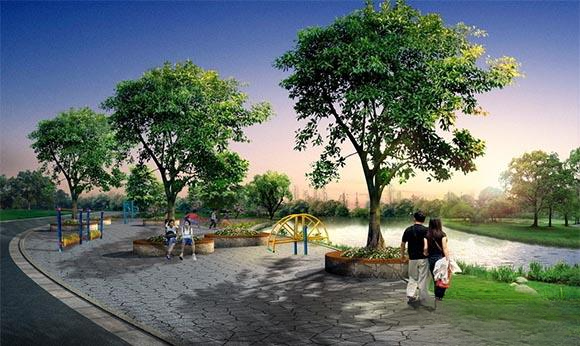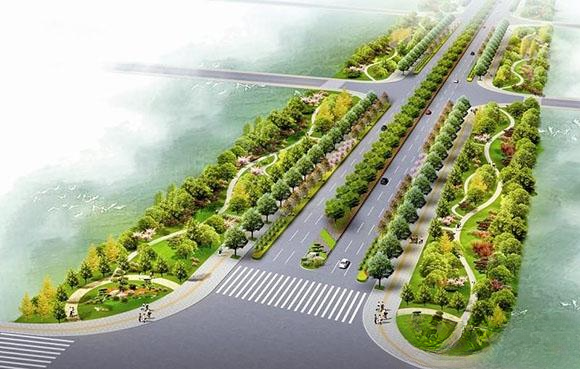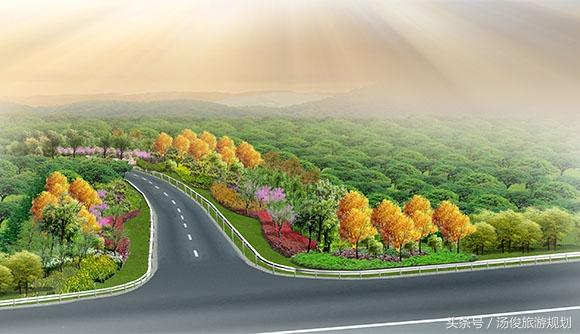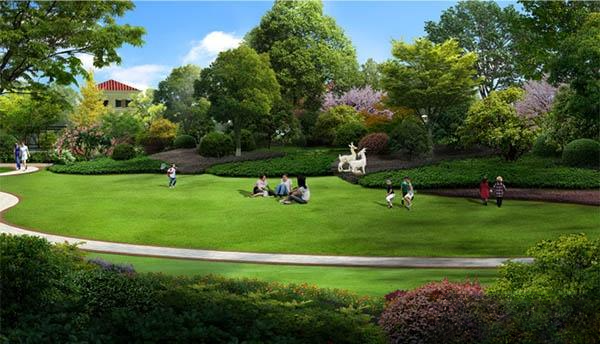Planting methods of trees and shrubs in garden landscape design
Trees and shrubs are widely used in landscape design and are the most basic component of landscape plant planting. Trees and shrubs have their own characteristics and are very different. Trees are tall overall, have large crowns, branches and leaves are airy, and have well-developed root systems. They require a lot of space and can be combined with other tree species as the main ornamental plants in landscape design. They can be planted individually to appreciate their beautiful shapes, or they can be planted in rows.
To separate the space. Shrubs are generally short, with small crowns, dense branches and leaves, and short and shallow roots, which require little space. Shrubs are generally planted in groups, usually with trees as the main part of landscape greening. There are three main ways to plant them together.
1. Solitary Planting
Solitary planting is common in landscape greening design and can be appreciated as a landscape node. Generally, it is necessary to choose a location with open ground and simple surrounding environment for planting, which can highlight the characteristics of the tree species and at the same time blend in with the surrounding environment to form a beautiful landscape.

2. Planting
Plant arrangement can be divided into regular and free styles, depending on the needs of the landscape. Regular style requires that the plant arrangement be symmetrical in a strict sense. Free style is uneven symmetry, the tree shapes can be different sizes, and the arrangement rules are relatively free, but attention should be paid to overall symmetry.

3. Cluster planting
There are two types of cluster planting: simple cluster planting with a single tree species and mixed cluster planting with multiple tree species. Simple cluster planting has a strong integrity, while mixed cluster planting has rich and colorful tree species. The planting method is selected according to the landscape needs. When matching tree species, attention should be paid to the biological characteristics and the mutual influence between tree species, as well as the growth habits of plants, so as to achieve the desired effect.


There are many different types of landscape trees, solitary trees have unique and beautiful shapes, the groves are colorful, and the forest is magnificent. Only reasonable combinations can create a beautiful landscape.